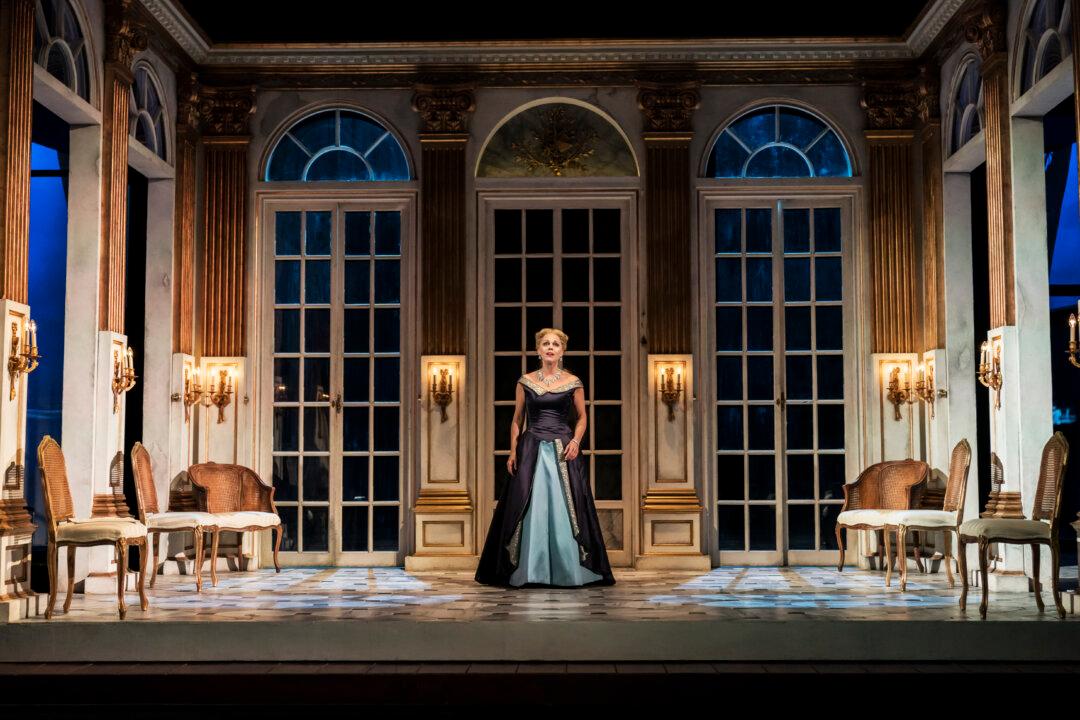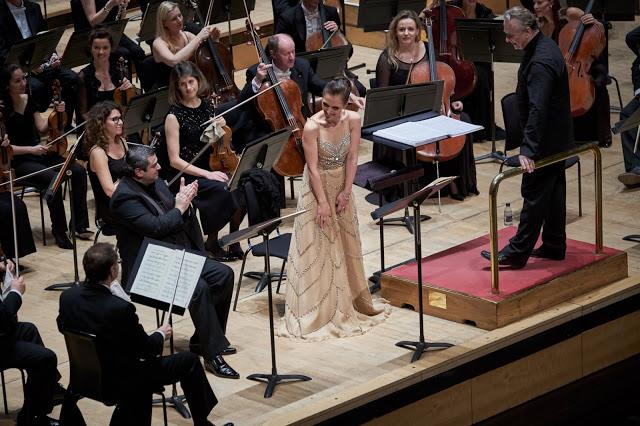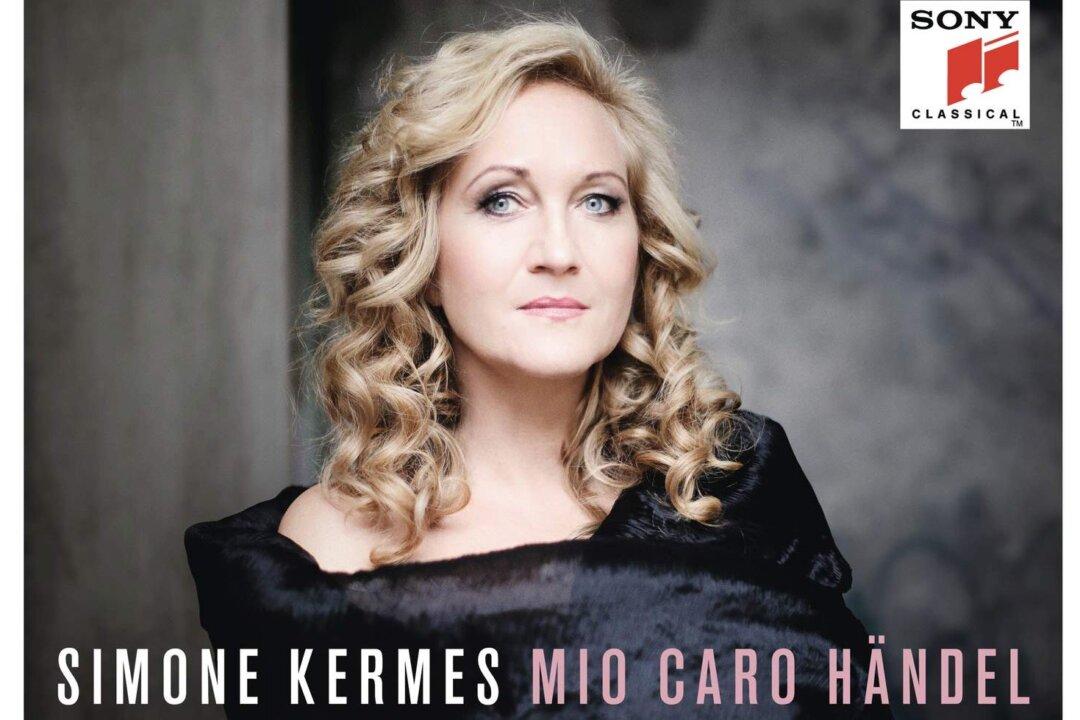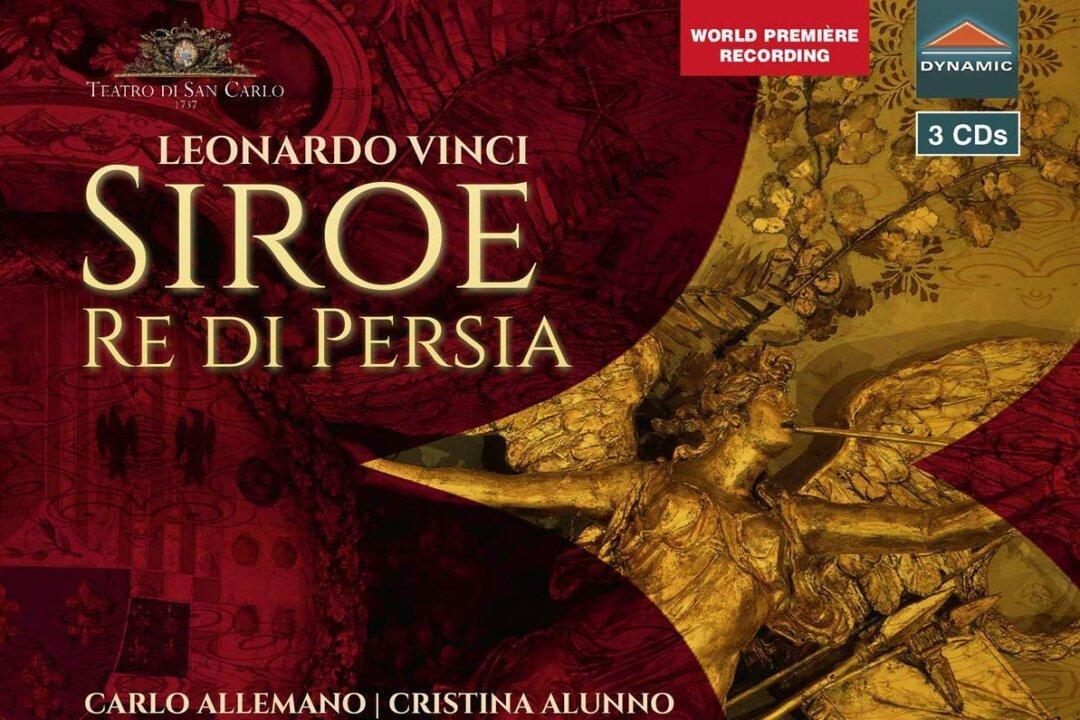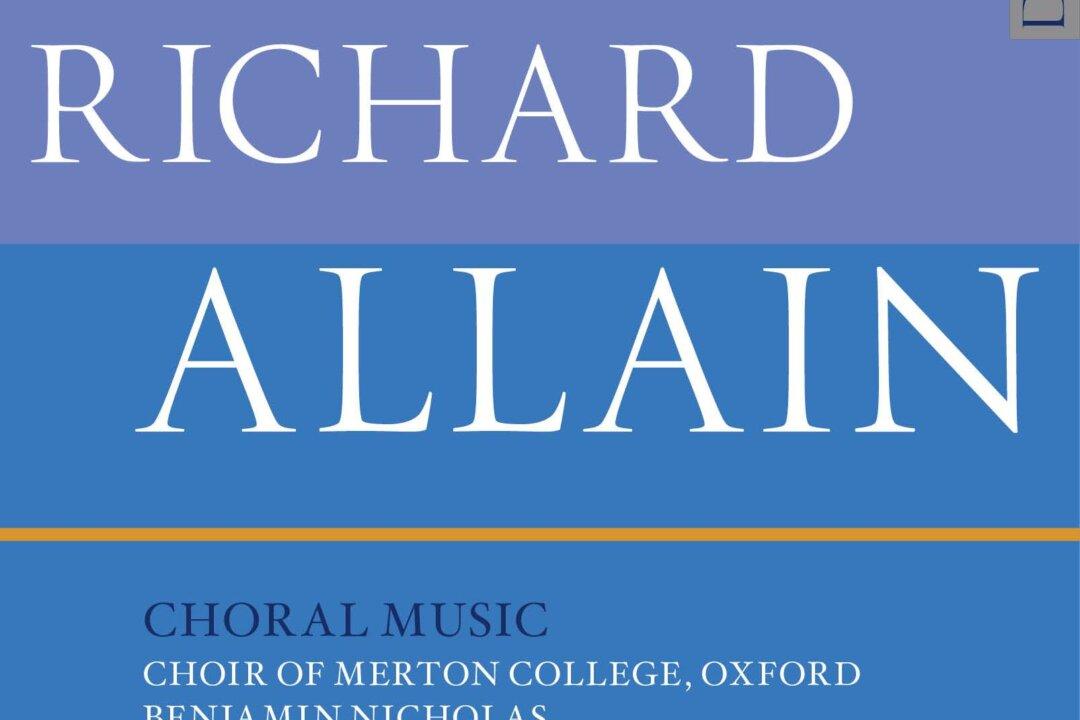STOKENCHURCH, England—A strong cast and a radiant account of the title role show that music and art do matter in Richard Strauss’s final opera.
Tim Albery’s production of Richard Strauss’s “Capriccio,” a collaboration between Santa Fe Opera and Garsington Opera, debuted in Santa Fe, New Mexico, in 2016, and now it has reached Garsington with an entirely new cast and conductor. We caught the fourth performance on June 9; Douglas Boyd conducted with Miah Persson as the Countess (her role debut), William Dazeley as the Count, Sam Furness as Flamand, Gavan Ring as Olivier, Andrew Shore as La Roche, and Hanna Hipp as Clairon.

